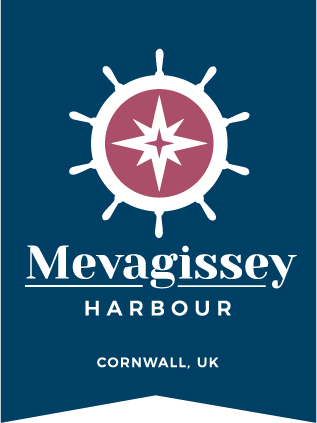Did you know?
- A medieval quay was first established in 1430
- 10,000 to 12,000 tons of Pilchards were landed in 1730
- In 1753 John Wesley visited Mevagissey to preach to the locals. In early 1900’s Plymouth Brethren established their first chapel in Mevagissey
- 1770 Andrew Pears, inventor of Pears transparent soap born in Mevagissey.
- The inner harbour was constructed in 1774 at a cost of £4,235. The outer harbour was constructed in 1888 at a cost of £20,000 to £30,000.
- The great blizzard of 1891 destroyed the outer harbour but it was rebuilt in 1897. It is one of the very few double harbours in the UK
- Mevagissey was one of the first places in the UK to have street lighting (using pilchard oil to generate the power)
- It was also one of the first places to have electricity generated where the West Quay toilets now stand.
- In the early 1800’s Mevagissey issued its own bank notes (Balls Bank)
- Pilchards supplied to the Royal Navy were known as Mevagissey Ducks
- There is an aquarium in the old life boat station (it has also been a café in its time). In the 2nd world war it housed a browning gun and was manned by the Home Guard.
- There are around 60 registered fishing boats within the harbour
- The harbour has been used many times as a film set. The famous film Johny Frenchman (1945) was located in Mevagissey. Other films which feature Mevagissey are Next of Kin, Never let me go, Dracula, Bad Education and various Rosamund Pilcher novels.
- The harbour is world famous for catching crabs. This is a particularly popular activity for children (supervision required!)
- Feast week (usually last week in June) has a week long list of activities culminating in a spectacular firework display
- Fishermen in Mevagissey use the unique one oar sculling technique for rowing to/from their boats
- The harbour has parking for around 60 cars
- The harbour is maintained and run for the nation by Mevagissey Piers & Harbour – a registered charity


